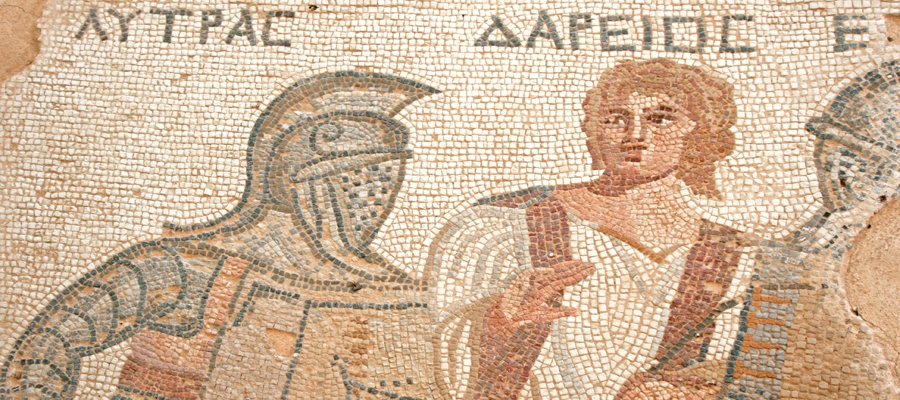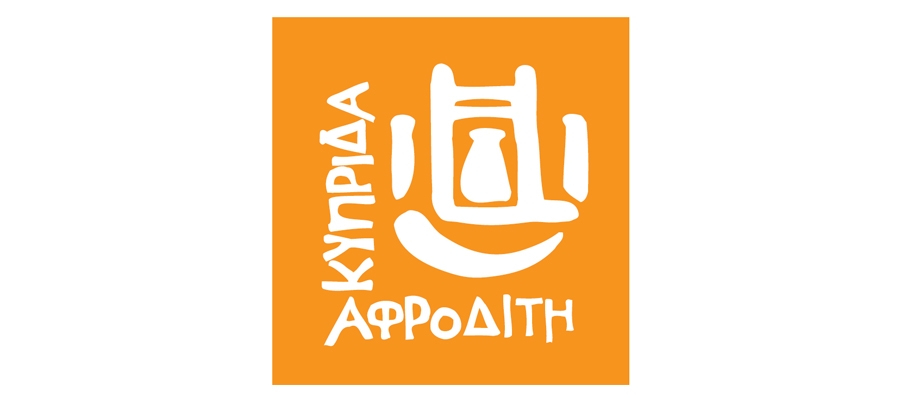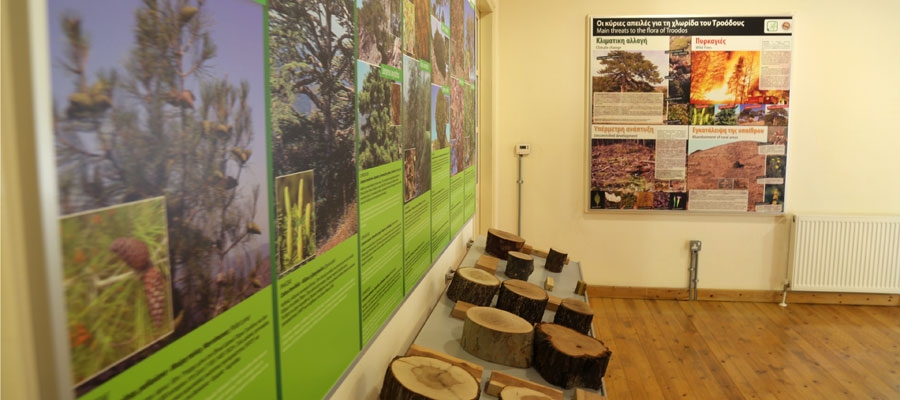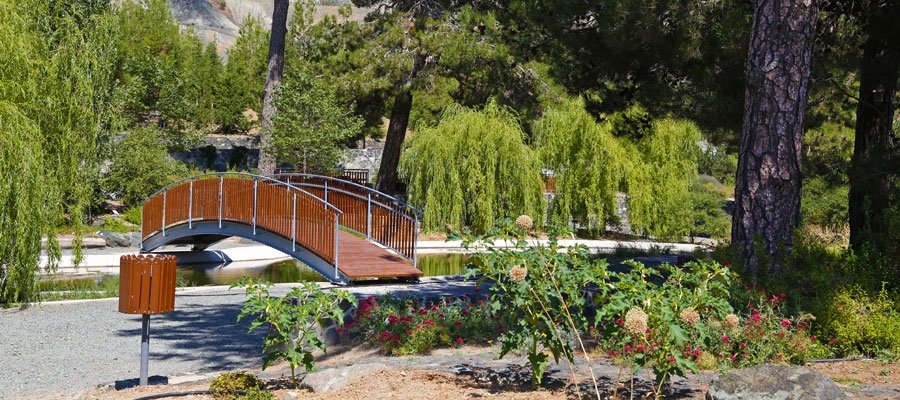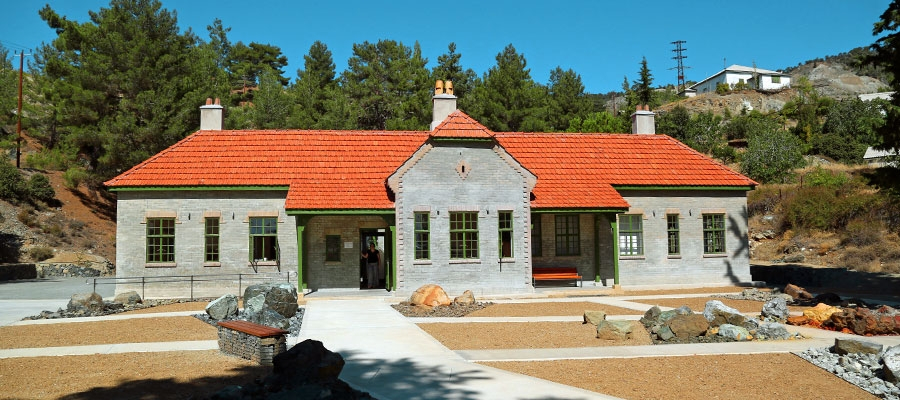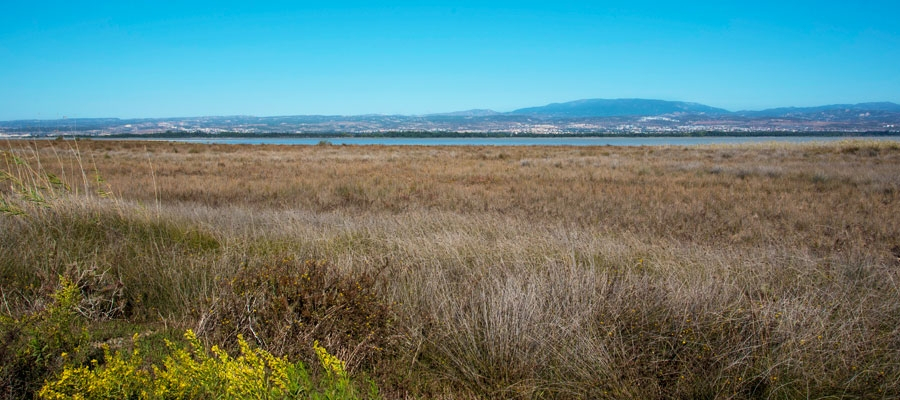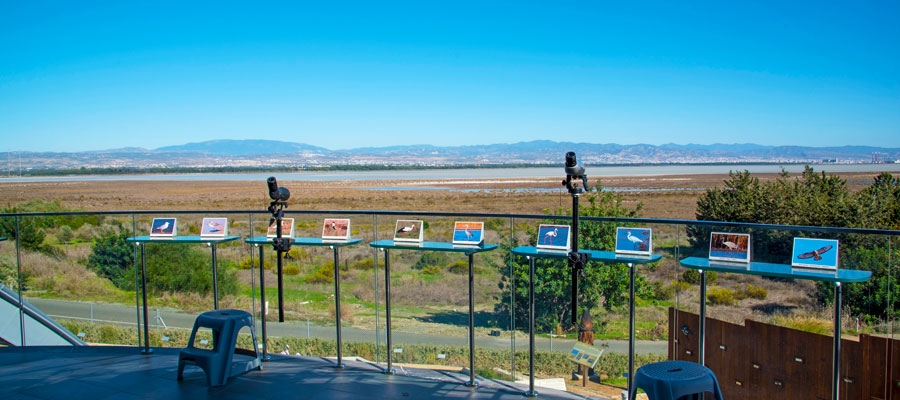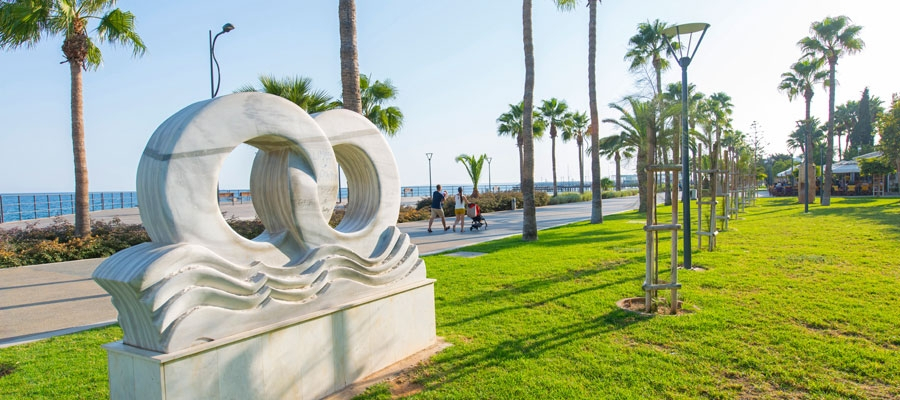Discover the rich, historical wonders of an island that has seen many visitors through the ages, and bears the unique mark of each of them. As you follow a route of ancient ancestors, the insight and revelations they offer will transport you back to the adventures of bygone eras and heroic times. From the oldest settlements to grand architectural feats, a vast choice of archaeological sites can be explored, with so many paths leading back to the glorious past.
Begin your journey on the east coast with the ancient city of Kition in Larnaka (Larnaca). The site provides the first clear evidence that the Mycenaean Greeks arrived in Larnaka in the 13th century BC, and the Phoenicians in the 9th, and features temples dating back to these times.
Thereafter, head for new heights between Larnaka and Lemesos (Limassol), where the Neolithic settlement of Choirokoitia stands proudly on the hillside, distinctly marked out by cylindrical stone and mud dwellings that lay claim to the earliest permanent human housing on the island. The site is remarkably well-preserved and has been a listed UNESCO World Heritage Site since 1998.
Further down the southeast coast, the ancient Greco-Roman Kourion stands as one of the island’s top ancient highlights and was an important city-kingdom in antiquity. Its magnificent theatre was built in the 2nd century BC and extended in the 2nd century AD. Today, the theatre has been completely restored and is used for open-air musical and theatrical performances during the summer months, commanding breathtaking views of the surrounding patchwork land and sea.
As you follow the coastline towards Pafos (Paphos), history further comes to life, with the whole town listed as a UNESCO World Heritage Site, thanks to its world-famous archaeological sites that stretch out from Palaipafos (Kouklia) to the heart of Kato Pafos. Included are ancient villas of stunning mosaics and numerous sites associated to the cult of the Ancient Greek Goddess of Love and Beauty, Aphrodite, whom legend tells was born of sea foam in the region.

